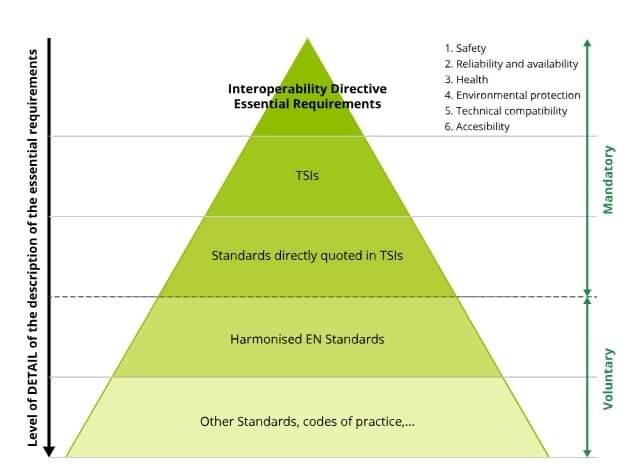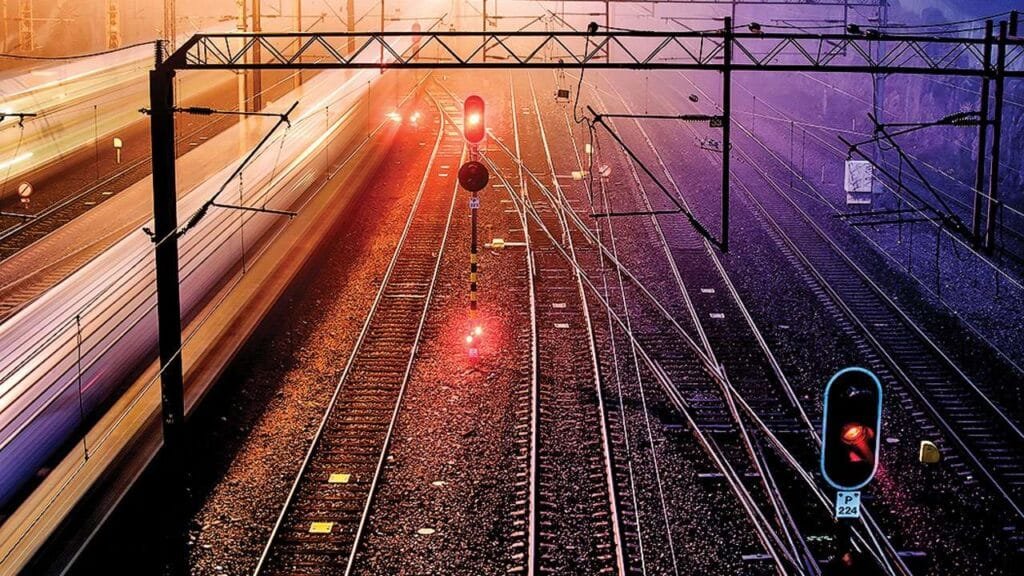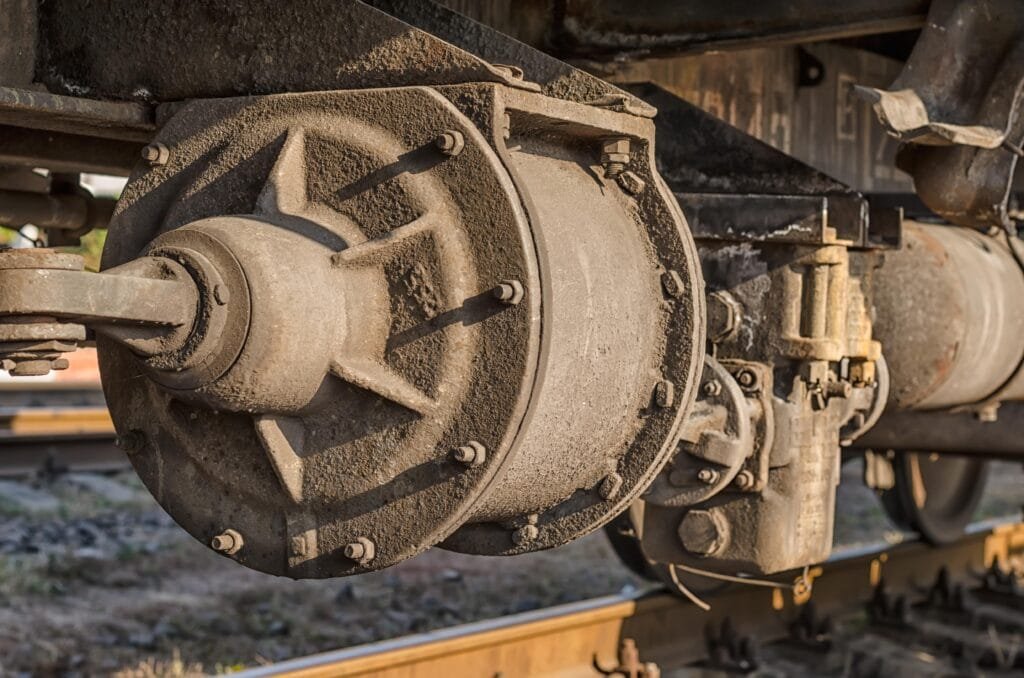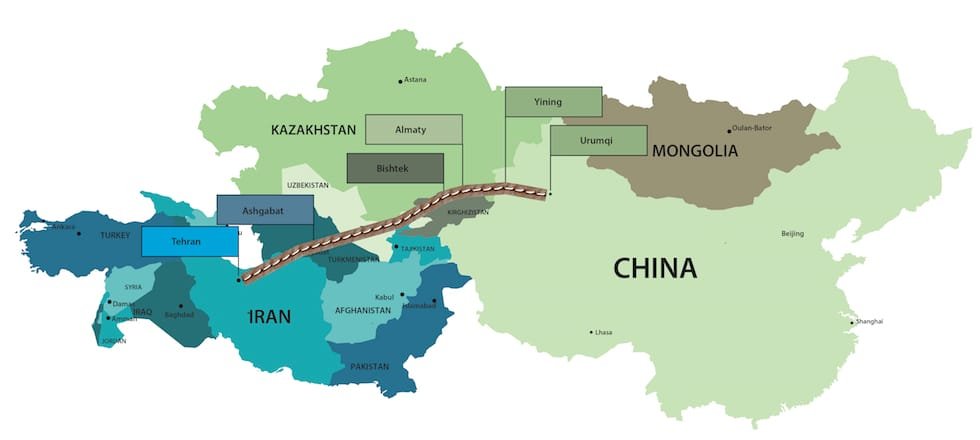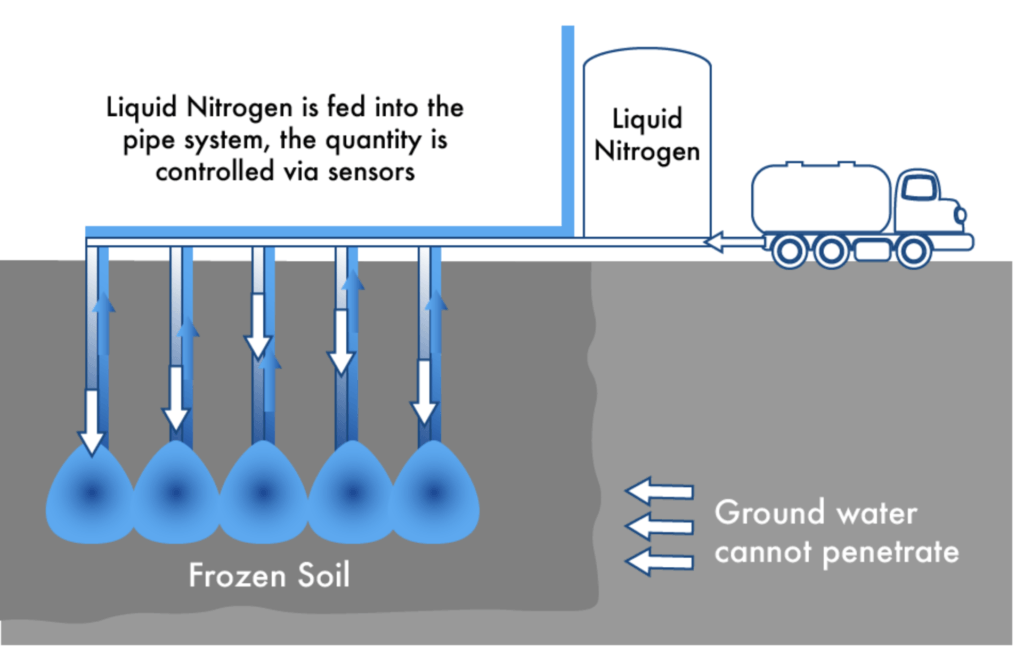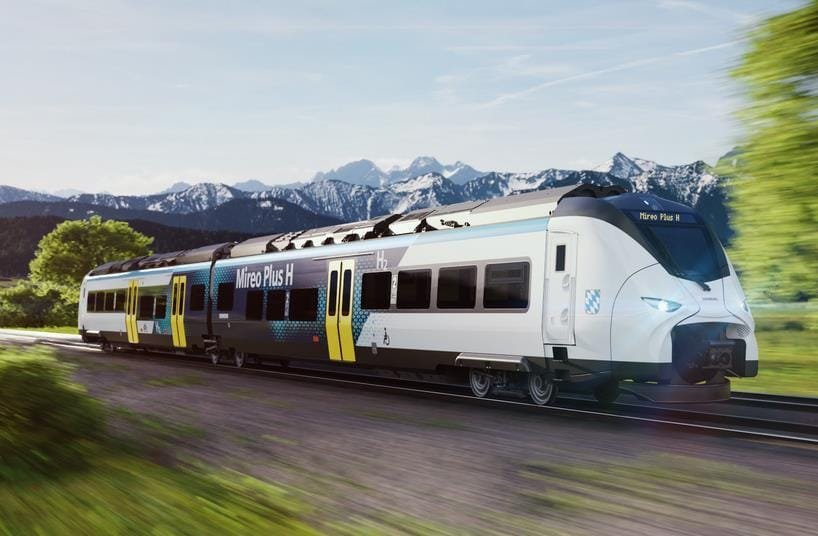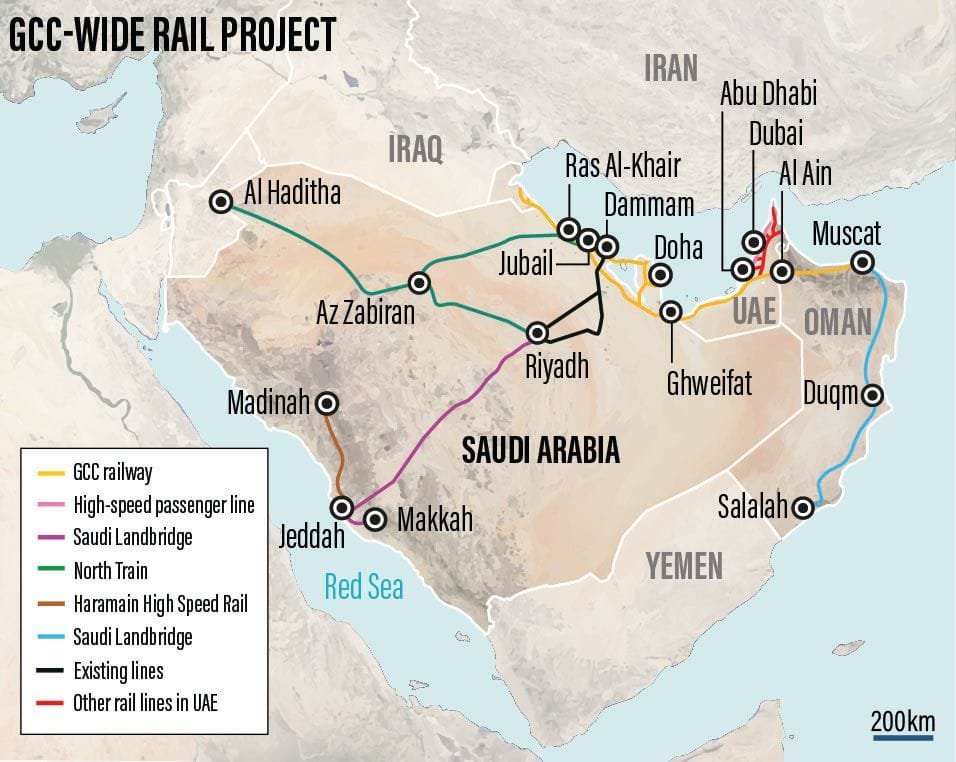Switches Aligned, Route Clear! 🚆
Welcome to Beyond Tracks!
This is one of the very first articles on the blog, and I couldn’t have picked a more important topic to begin with: the Technical Specifications for Interoperability, or simply, TSIs.
These technical standards may not be as visible as stations, trains, or railways, but they are what make European rail truly European — allowing trains to cross borders, systems to communicate, and passengers to move freely between countries without disruption.
But what exactly are TSIs? And why are they so important to the future of rail in Europe?
Let’s take a step back to understand how railways, once highly fragmented, are now working together on a continental scale.
A Fragmented Past
Not so long ago, Europe’s railways were a patchwork of incompatible systems.
Each country had its own rules, power systems, signaling equipment, and technical standards. Trains built in one country could rarely operate in another without costly adaptations. A locomotive approved in Italy might not be authorized to run in Germany, or even in neighboring Austria.
This lack of uniformity made cross-border operations complex and inefficient — at odds with the vision of an integrated European Union. That’s when policymakers and railway experts realized: if Europe wanted a competitive, efficient, and safe rail system, it needed common rules.
That was the beginning of TSIs — and a quiet revolution in European transport policy.
What Are TSIs?
TSIs — Technical Specifications for Interoperability — are binding European regulations that set common standards for the design, operation, and maintenance of rail systems.
They are what allow a train to depart from Rome and reach Paris — or Berlin, or Vienna — without having to stop at each border due to technical incompatibilities.
Each TSI covers a specific aspect of the railway system: from the tracks and stations, to the energy supply, train design, operations, maintenance, digital ticketing, and even tunnel safety. Together, they ensure that every component of the rail network speaks the same technical language.
The result? Safer, more efficient, and more connected railways — not only for passengers, but also for freight and operators.
The Two Worlds of TSIs: Physical and Functional
To understand how TSIs work, it helps to divide them into two main groups: structural and functional.
Structural TSIs focus on the physical elements of the rail system:
-
Infrastructure (INF TSI): defines the geometry and physical design of tracks, tunnels, bridges, and stations.
-
Energy (ENE TSI): harmonizes voltage, current, and power supply systems, ensuring trains can be powered consistently across borders.
-
Rolling Stock – Locomotives & Passenger Trains (LOC&PAS TSI): sets design and safety requirements for trains carrying people.
-
Rolling Stock – Freight Wagons (WAG TSI): ensures wagons can move safely and efficiently on different national networks.
-
Control-Command and Signaling (CCS TSI): integrates systems like ERTMS, so that trains and infrastructure can communicate digitally.
Functional TSIs, on the other hand, deal with how the system is run and used:
-
Operations and Traffic Management (OPE TSI): sets rules for train movement and control across different operators.
-
Maintenance (MAINT TSI): standardizes maintenance procedures to ensure reliability and safety.
-
Telematics (TAP and TAF TSIs): harmonize IT systems for passenger services and freight logistics, including ticketing and tracking.
-
Accessibility (PRM TSI): makes sure trains and stations are accessible to persons with reduced mobility.
-
Tunnel Safety (SRT TSI) and Noise Control (NOI TSI): introduce safety protocols and environmental standards.
Rather than replace national rules, TSIs act as European-wide minimum requirements — ensuring a base level of quality and compatibility everywhere.
How TSIs Fit into the Big Picture
TSIs don’t exist in a vacuum. They are part of a larger legal and technical framework governed by the Interoperability Directive (EU) 2016/797, which lays out the essential requirements for safety, health, environmental protection, and performance.
Under this directive, the European Union Agency for Railways (ERA) coordinates the development and updating of TSIs, working with national regulators, industry experts, and operators.
TSIs are mandatory, but the system also includes voluntary standards and technical recommendations — like EN standards and UIC codes — which help the industry apply the rules in practice.
Think of it as a hierarchy: from broad EU principles, to TSIs, to technical guides and operational best practices.
A Living System: Constantly Evolving
TSIs are not static documents. As rail technologies evolve — from digital signaling to hydrogen propulsion, autonomous trains, and real-time passenger apps — the specifications are updated to reflect these changes.
Likewise, as Europe moves toward greater climate neutrality, multimodal integration, and sustainable transport, TSIs will increasingly support those goals.
For example, recent revisions now emphasize accessibility, cybersecurity, and environmental noise limits, showing that TSIs are not just about trains and tracks — but also about people, communities, and the environment.
Conclusion: One Europe, One Rail Network
TSIs have quietly reshaped the European railway landscape. By removing technical and regulatory barriers, they’ve helped turn 27 separate national networks into something closer to a single European railway area.
This doesn’t just benefit train companies — it benefits passengers, freight operators, and the climate. It makes international rail faster, easier, safer, and more attractive compared to air and road travel.
Here at Beyond Tracks, we believe that understanding standards like TSIs is essential to understanding the future of rail.
In the next articles, we’ll explore each TSI family in more detail — and show how these behind-the-scenes rules are helping build a better railway for everyone.
Verified Sources:
-
European Union Agency for Railways (ERA) – https://www.era.europa.eu
-
European Commission – Interoperability Directive (Directive (EU) 2016/797)
-
Official Journal of the European Union – Technical Specifications for Interoperability (TSIs)
-
International Union of Railways (UIC) – Technical Publications on Interoperability and Standards
-
ERA Presentation Materials and TSI Hierarchy Diagrams – Accessed and referenced in 2024


